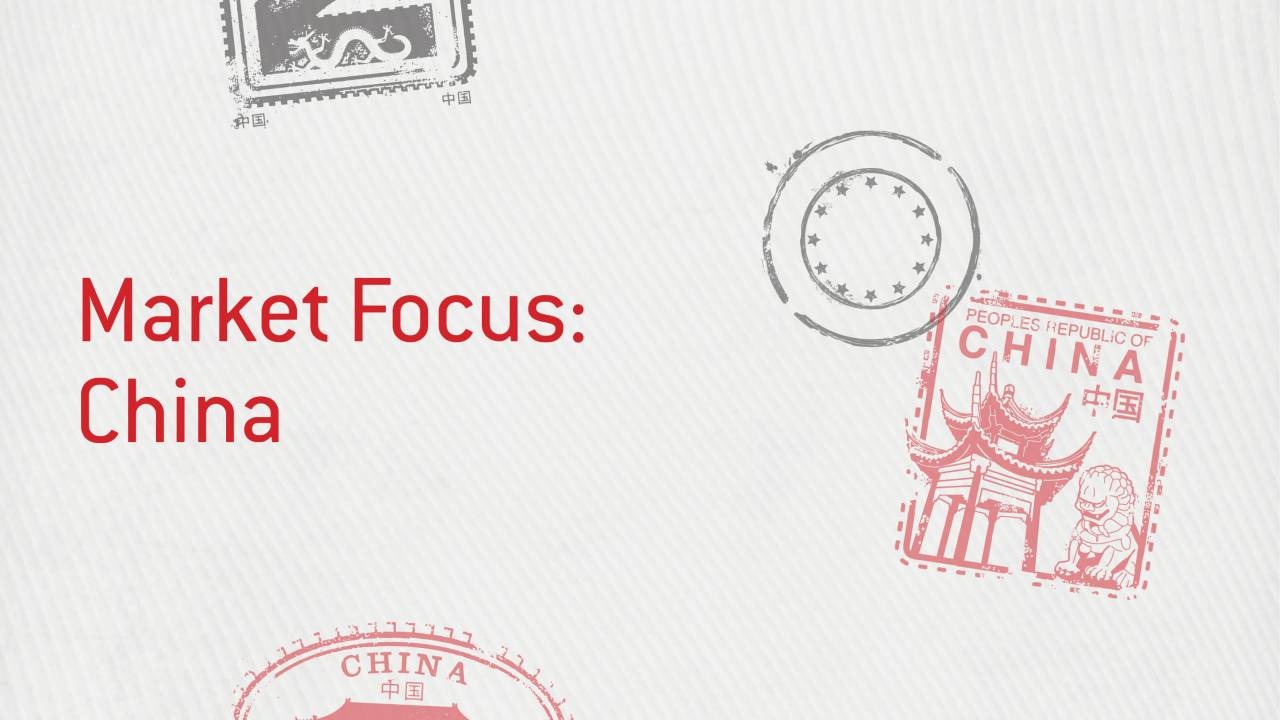Chinese label market grows despite lingering pandemic
As the Chinese economy reopens after years of Covid-19 shutdowns, the label industry is poised to rebound with the country’s economy

According to the latest AWA report, in 2021 the total amount of labels consumed across Asia-Pacific exceeded 30 billion sqm and accounted for 45 percent of the global label market. Of that, Chinese-produced labels accounted for 58 percent of the total Asian label market. This is up 5.3 percent from 2020, and higher than the wider Asian label market, which grew at 4.6 percent.
According to the statistics of the label printing branch of the Printing Equipment and Equipment Industry Association of China (PEIAC), the value of the Chinese pressure-sensitive label market increased from 39.2 billion RMB (USD 5.75 bn) in 2016 to 50 billion RMB (USD 7.37 bn) in 2019. The Chinese economy has been greatly affected by Covid-19.
With reduced consumer consumption, growth of the label printing industry has slowed down, while at the same time labels for medicine, alcohol and anti-epidemic products, have achieved steady growth.
According to China’s label printing industry figures, it is estimated that the market size of pressure-sensitive labels in China will reach about 59 billion RMB (USD 8.7bn) in 2022.
Main driving force
China is no stranger to the difficulties plaguing the world, and yet, the Chinese label printing industry continues to innovate and transform.
While traditional consumption was severely restricted by the pandemic, a new tech-minded economy emerged, and e-commerce labels boomed and drove steady growth throughout the region for related industries like logistics.
According to the National Bureau of Statistics, the total retail sales of online shopping reached 13.1 trillion RMB in 2021, accounting for nearly one-third of China’s total retail sales of consumer goods of 44.1 trillion RMB. In 2021, China’s online retail sales increased by 14.1 percent over the previous year. Among them, online retail sales of physical goods grew by 12 percent, significantly higher than offline consumption.
According to the National Conference on Postal Administration, the volume of online-sourced deliveries will reach 122.5 billion in 2022, up about 13 percent.

Pharmaceutical and personal health care sectors also saw gains in recent years, driven by demand for anti-epidemic drugs and disinfectants. In particular, the sales of cold and cough medicines have soared since the end of 2022, when the Chinese quarantine policy was lifted. While the demand for labels related to the epidemic is temporary, the epidemic has put renewed focus on health, so the future labeling demand in the field of medicine and personal health care deserves attention.
Smart labels are also making inroads in the Chinese market. Currently, China is the world’s largest producer of smart tags, while the US is the largest user (China ranks second). According to an AIoT Research Institute report, China’s UHF RFID tags output accounts for about 70 to 80 percent of the global share. In 2021, the production of UHF tags in China reached 16.8 billion.
Industry experts predict that under normal circumstances, global shipments of UHF RFID tags will maintain an annual growth of 10-20 percent. At present, key smart label manufacturers such as Avery Dennison, Arison, Xindeco, Century and Checkpoint, have production plants in China.
Digitization
In China the Internet, big data, AI and the online economy are deeply integrated into everyday life. The China Academy of Information and Communications Technology has released a report on China’s Digital Economy Development, showing that the digital economy is playing a more prominent role as a stabilizer and accelerator of the national economy. The scale of the digital economy reached 45.5 trillion RMB in 2021, with a year-on-year nominal growth of 16.2 percent - higher than nominal GDP growth in the same period, accounting for 39.8 percent of GDP.
Industrial digitalization will continue to be the engine that drives the development of the digital economy.
Label print production in China is becoming more automated. Newly launched machines are equipped with intelligent control systems including servo motors, automatic register and inline stamping, die cutting and other finishing processes. Further, label converters have begun integrating ERP (enterprise resource planning) and other automatic management systems to streamline business.
Meanwhile, the development of digital printing technology continues both at home and with foreign technology. At present, there are more than 10 digital printing equipment suppliers in China. International suppliers, such as HP, Xeikon, Konica Minolta, Epson, Domino, Durst and Screen have been fully entered the Chinese market. Domestic digital printing equipment enterprises such as Haotian, HanGlobal, Flora, Pulisi and Vorey have also released digital presses. In 2022, label converters have continued purchasing digital printing equipment.
The advantages of digital technology with no plate, short delivery time and less human interference became evident during the epidemic, which further accelerated the development of digital printing technology in the region.
There is no doubt that Chinese converters are asking more comprehensive questions when outlining their capital expenditure plans: is this equipment conducive to obtaining future orders? Does it meet the needs of digital transformation? Can it improve efficiency and reduce production costs?
Whether traditional or digital printing equipment, most label converters prefer to invest in diversified, hybrid printing systems to enhance resilience to future risks.
For more on the Chinese label market, visit www.labelsandlabeling. com/asia-pacific
Stay up to date
Subscribe to the free Label News newsletter and receive the latest content every week. We'll never share your email address.


